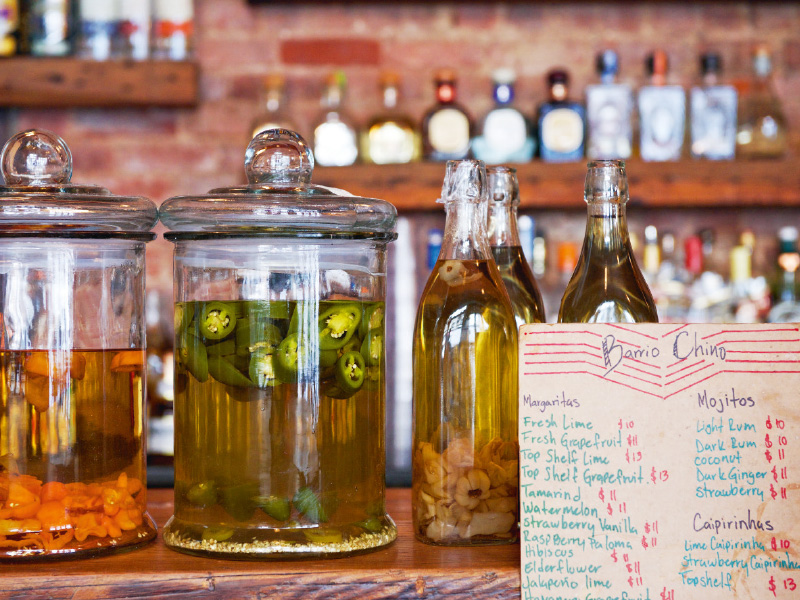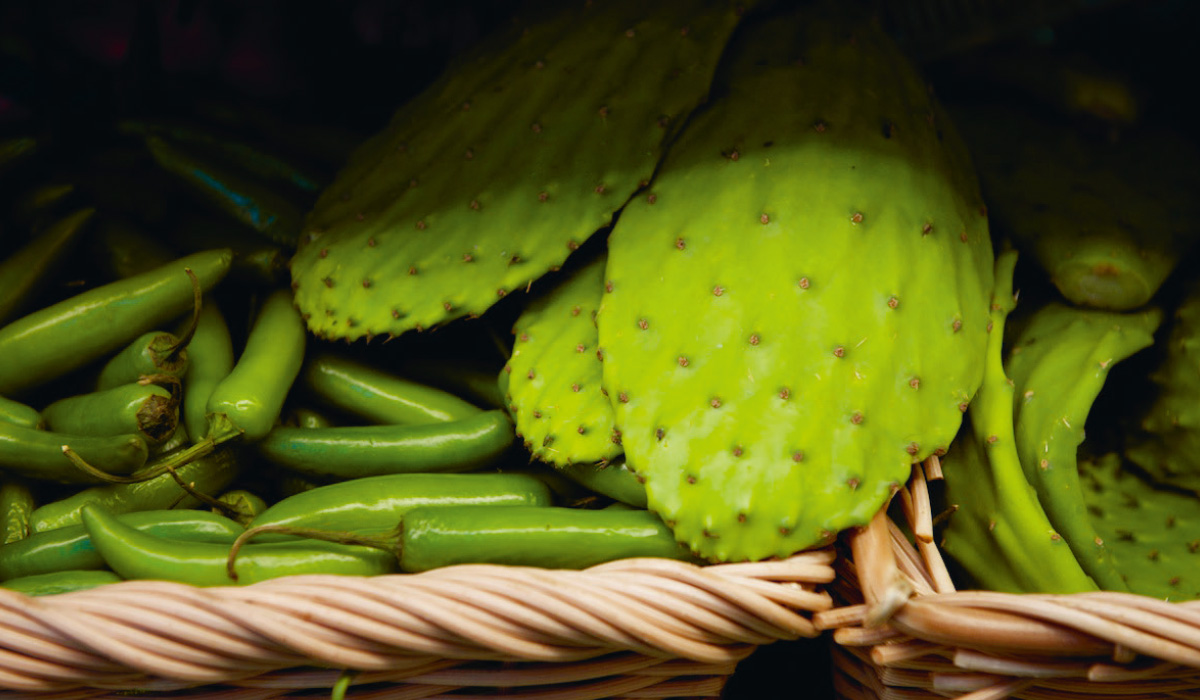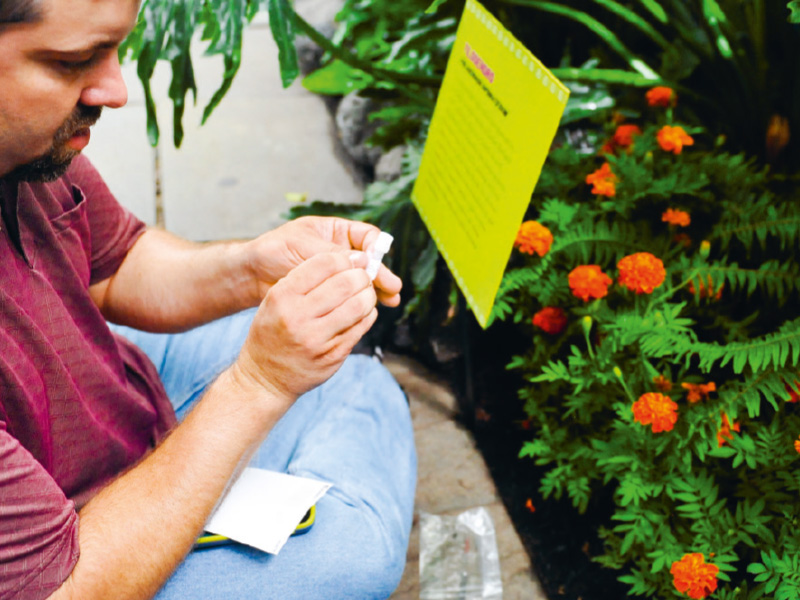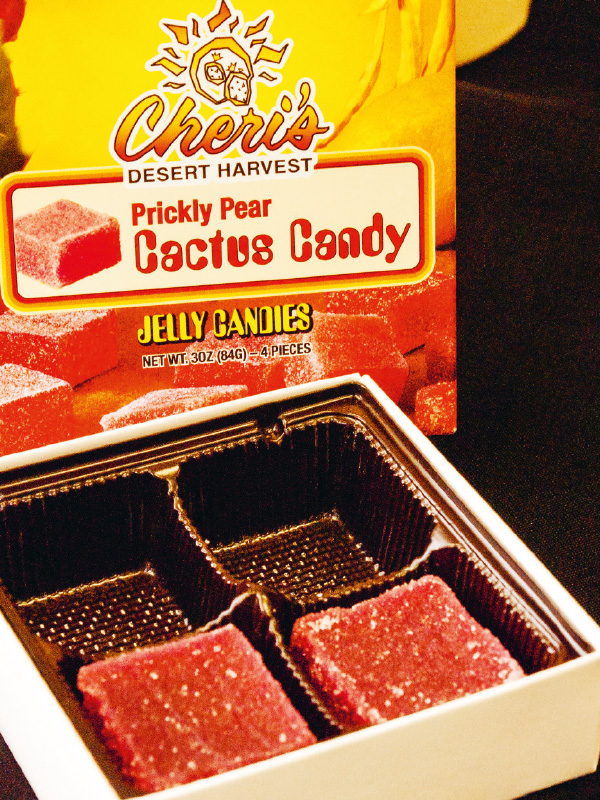The smells and tastes that appeal to us often have ties to our past experiences. The perfume that our mother wore, the aftershave that our father used, the special meal that Grandma used to make on the weekend: All of these things bring back happy memories from childhood of warm, familiar moments. “Most men and women have subconsciously linked such fragrances and tastes with the security that they experienced as a child. This sense of security maintains its appeal into adulthood,” says Usha Vijay, Vice President Marketing, who oversees the Scent & Care segment for North America at the Symrise site in Teterboro, New Jersey. This especially applies to people who originally come from a region whose culture differs from the one in which they now live. In the United States, this includes citizens with a Hispanic background, whose families came to the country a few years or decades ago from places like Mexico, Puerto Rico, Peru, Cuba or Colombia. “This group, which identifies both as Latinos and Americans, is constantly growing: They represent about 17 % of the population today and will grow to account for roughly 30 % by 2050,” explains Usha Vijay. At the same time, the purchasing power of Hispanic-Americans is also growing rapidly.
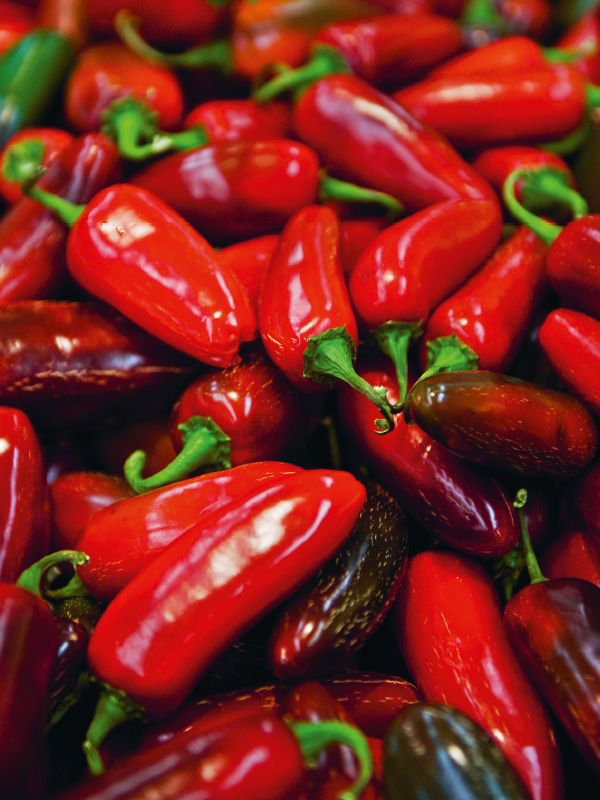


“No company can afford to overlook or underestimate this target group,” adds her colleague Emmanuel LaRoche, Vice President Marketing for the Flavor Division. This is not an area for simple solutions, either. Together with a large team, these two Symrise marketing experts have therefore taken a close look at this unique culture. Their work included comprehensive consumer surveys, collaborations with market research institutes and discussions with Hispanic bartenders, chefs and perfumers in addition to looking at blogs and other media and treks around the country. The program “Sabor in America” was created in 2014 for the development of flavors and was recently followed by the “Conexión Latina” program. This program allows Symrise and the manufacturers of oral care products, perfumes, cosmetics and household goods to develop targeted products for Latinos.
Research has provided many exciting insights, explains Courtne Jones, Director of Marketing, Scent & Care, North America, who oversees the “Conexión Latina” program. Family plays an important role in this culture, as does faith. “Like other experiences, the various religious celebrations and Sunday morning church services are linked to certain smells and tastes,” adds Jones. And these findings don’t just apply to older Latinos: “Particularly the second and third generations often look back to their family’s roots, even if they have only directly experienced that culture on a vacation to their homeland.” These younger generations want to create an emotional bridge between their parents’ and grandparents’ homeland and life in the USA. This desire for a connection to their Hispanic roots has an interesting ripple effect: This rapidly growing segment of the American population also has a considerable influence on the rest of the country. “Salsa has overtaken ketchup in terms of sales, and tortillas are more popular than white bread,” says Emmanuel LaRoche. “This is clear evidence that Hispanic foods are now part of and influencing mainstream American cuisine.”



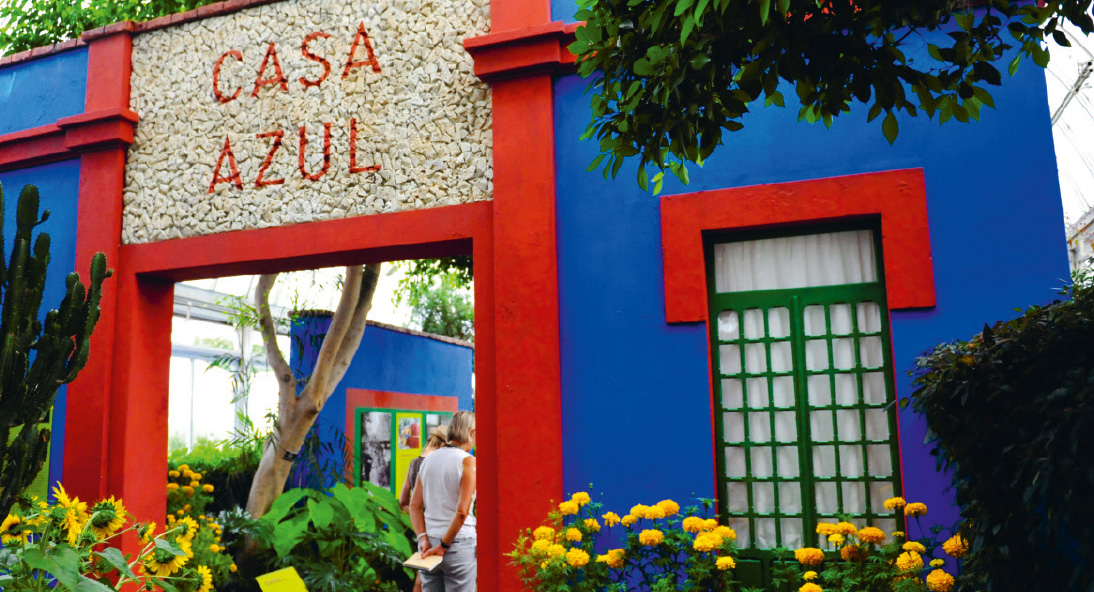


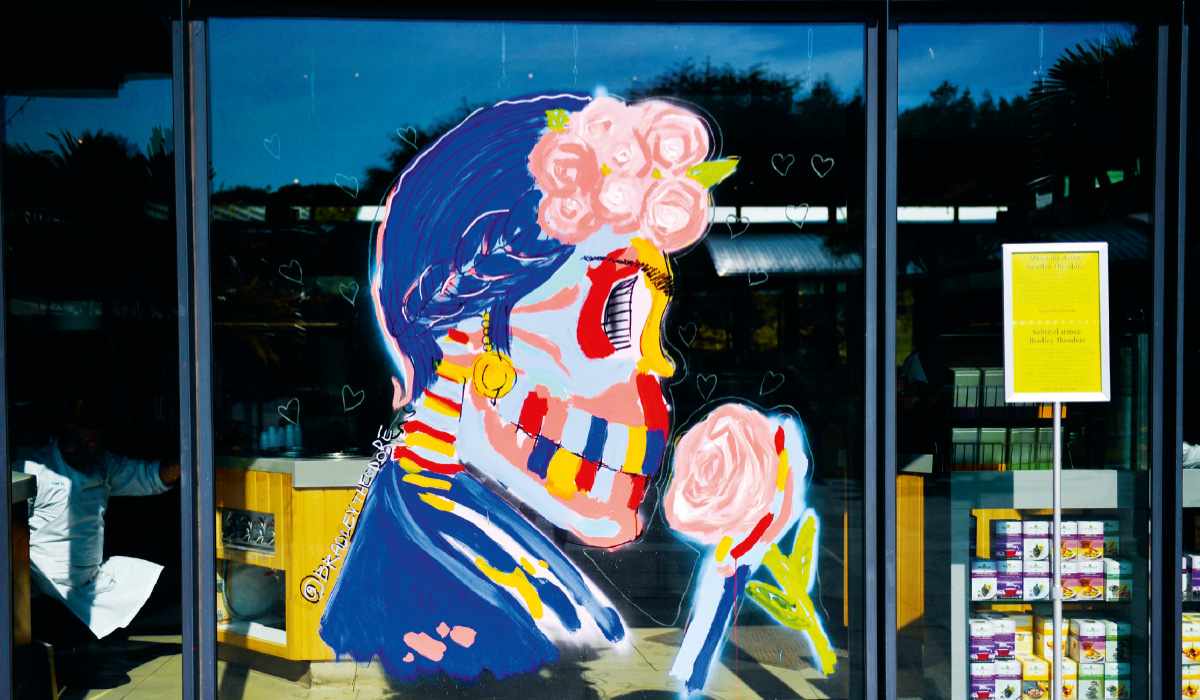
The Vice President Marketing, who is also responsible for the consumer studies, is confident that this trend will continue to accelerate. For one, the Hispanic population is very young: 77 % of them are younger than 44, compared to 57 % of the overall population. And the next generation is on its way. From now until 2028, an average of 900,000 Latinos will turn 18 every year. “But it’s not just their age that is interesting,” explains LaRoche. “Young Latinos are very well educated and use the Internet to keep tabs on trends and products at an above-average rate – particularly via their smartphones.” At the same time, they also set trends, often by recommending their favorite products to friends and family on social media and are therefore strong influencers.
Most men and women have subconsciously linked such fragrances and tastes with the security that they experienced as a child.Usha Vijay, Vice President Marketing
The marketing professionals are confident that Symrise has gained a good grasp on this target group. A whole range of products has already been sold to our clients, with dozens more in development. “In the fragrance and care segment, the target group places value on freshness, naturalness and convenience – attributes that also play a role in other population groups,” says Usha Vijay. “We combine these with other ideas, with notes that are somewhat unusual.” The examples she names sound exotic: Sour tamarind fruit, for example, which is candied and seasoned with chili in Mexico or the blending of lime with ginger. Symrise uses both of these combinations to provide freshness and flavor to oral care products. Scented candles and special skin care products have been developed based on inspiration from marigolds, violets and horchatas – drinks made from crushed fruits, nuts or seeds. The sources of inspiration for foods are similarly diverse. Sweet tortilla chips with cinnamon and creamy, caramel-like “dulce de leche” notes, for example, or beverages with mango, lime, chili and lemongrass flavors have been created by the Symrise developers. Grilled fruit flavors like pineapple, peach, kiwi, papaya or pear are also being used for alcoholic beverages. The most obvious ideas aren’t always the most promising, says Emmanuel LaRoche. “Hispanic consumers don’t just buy chili-flavored potato chips. They want something with as much originality as possible,” he says. “And with our deep insights into the taste and fragrance preferences of Latinos, we are ideally prepared to meet their expectations.”
